RC Logger NovaX 350
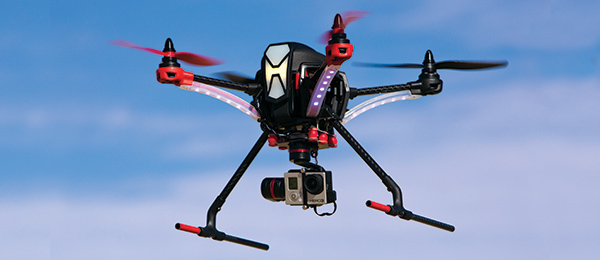
Written by Terry Dunn A refined aerial platform Abridged product review Photos by Bryan McLarty Read the full product review in the June 2016 issue of Model Aviation.
Specifications
• Type: Prebuilt multirotor • Frame diameter: 350mm • Radio: Eight-channel 2.4 GHz system (included) • Minimum flying area: Large park • Price: $569.99 • Power system: Four outrunner brushless motors with 8 x 4.5 propellers and 30-amp ESCs; 3S 5,200 mAh LiPo battery (all included) • Flight duration: 12-plus minutes • Flying weight: 42.3 ounces; 50.5 ounces with X3 gimbal and GoPro HERO3 BlackPluses
• Excellent flight characteristics. • Easy to work on and upgrade. • Superb informational resources.Minuses
• Transmitter switches not marked. • Battery is somewhat difficult to unplug.Most RTF multirotors are built as if the components inside of them are top-secret. Sure, their stylish, plastic enclosures are nice to look at, but these aircraft often require major disassembly to access the electronics for upgrades or repairs. The RC Logger NovaX 350 is a different type of RTF multirotor. Although all of the onboard components are protected and hidden from view, everything is easily accessible if you want to make a change—or to have a look at what makes it tick. The NovaX falls into the 350mm class of quadcopters. The class designation denotes the distance between one motor shaft and its catty-corner partner. This class of quadcopters is popular because it can carry an action camera, such as a GoPro, for aerial photography. As you will see, they can be fun sport fliers, too.
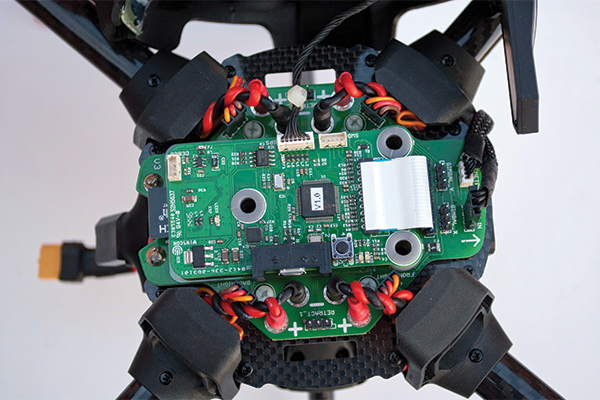
After you unclip the quad’s protective outer shell, the electronic components can be accessed for upgrades and repairs.
Examining the NovaX 350
The NovaX requires little assembly. It’s only a matter of installing parts such as the propellers and landing gear. Don’t get in too much of a hurry to get airborne, because as with any sophisticated multirotor, there is plenty of verification to be done to ensure that all of the systems are shipshape. An eight-channel, 2.4 GHz radio system is included with the RTF version of the NovaX. It is a standard-size transmitter with four switches and two dials. Only six channels are needed to control the NovaX, so you get two auxiliary channels to operate add-ons, such as a camera gimbal or retractable landing gear. The included battery is a three-cell LiPo with a 5,200 mAh capacity. It comes with an XT-60 connector. An AC-powered charger is provided as well. Although the charger has a 3-amp charge setting, it is limited to 20 watts overall. The actual charge rate with a three-cell LiPo is less than 2 amps. It typically takes approximately 3.5 hours to charge a fully depleted battery. Before flying my NovaX, I installed the optional illumination kit. This kit adds a strip of bright, multicolored LEDs to each arm of the frame. Although they are bright enough to see in daylight, they look best when the sun is setting. The lights can be customized during flight to display solid colors or ever-changing patterns. They are controlled by the EYEControl smartphone app, which links to the NovaX via Bluetooth. The EYEControl app has other functions. It is the primary interface for calibration, configuring the control sensitivity, and enabling the geofence options. The app is easy to use, and the tutorial video for using EYEControl is helpful.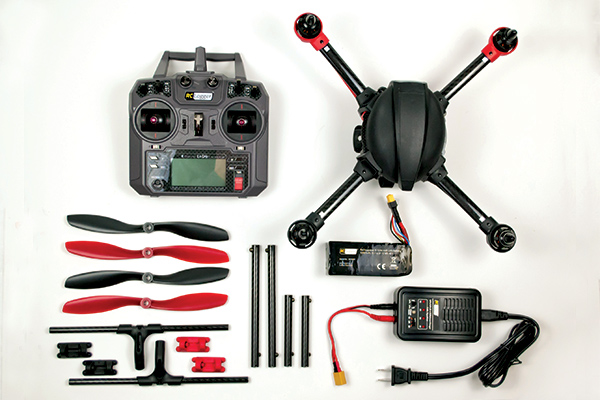
The NovaX 350 requires only rudimentary assembly steps. Everything needed for flight is included.
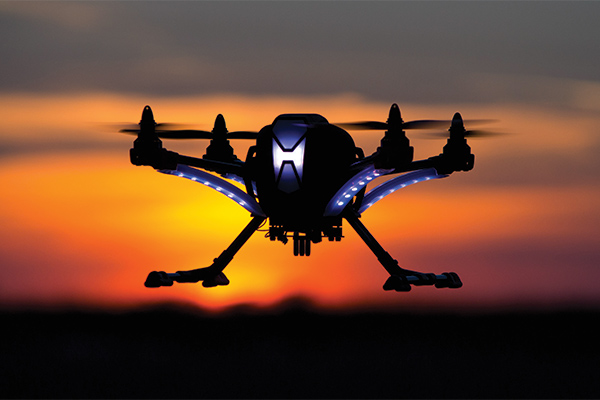
A programmable illumination kit can be installed on the NovaX 350. The bright lights are best seen at dusk, but they are also visible in daylight.
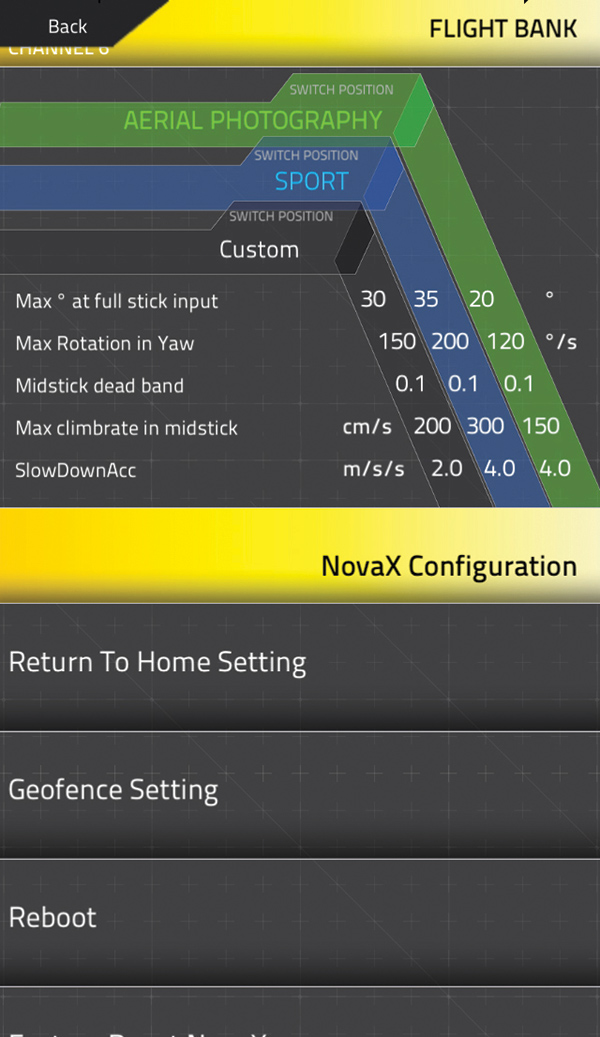
The EYEControl smartphone app provides a visual interface for configuring numerous parameters of the NovaX 350. Here, the author has configured a custom flight bank.
Flying
One thing I noticed about the NovaX is that it is exceptionally quiet. Many 350-class quadcopters produce a loud, irritating note. That is not the case with this multirotor. The radio system has integrated telemetry functions. The screen on the transmitter can display parameters such as altitude, distance, and flight-battery voltage. The latter value is useful to avoid running the battery flat. Even if you’re not monitoring the telemetry, the transmitter will beep to warn you when the flight battery is getting low. Should you choose to ignore the warnings, the NovaX will simply land on its own before the battery dies. Depending on the payload and how aggressively I’m flying, I get 12 to 17 minutes of flying time.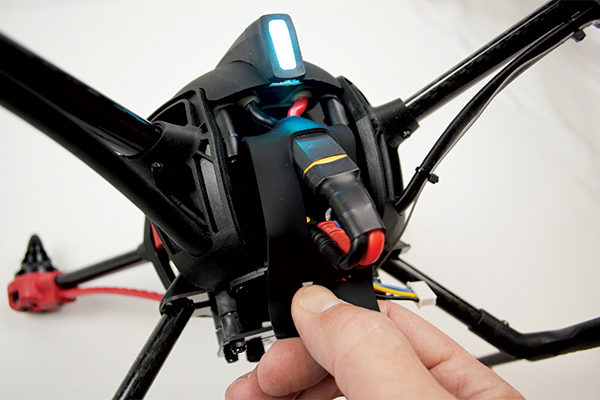










Add new comment